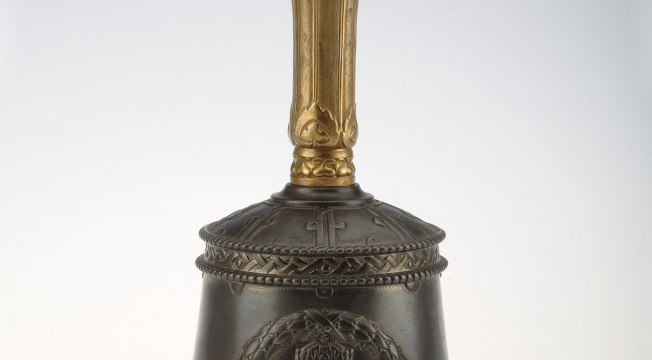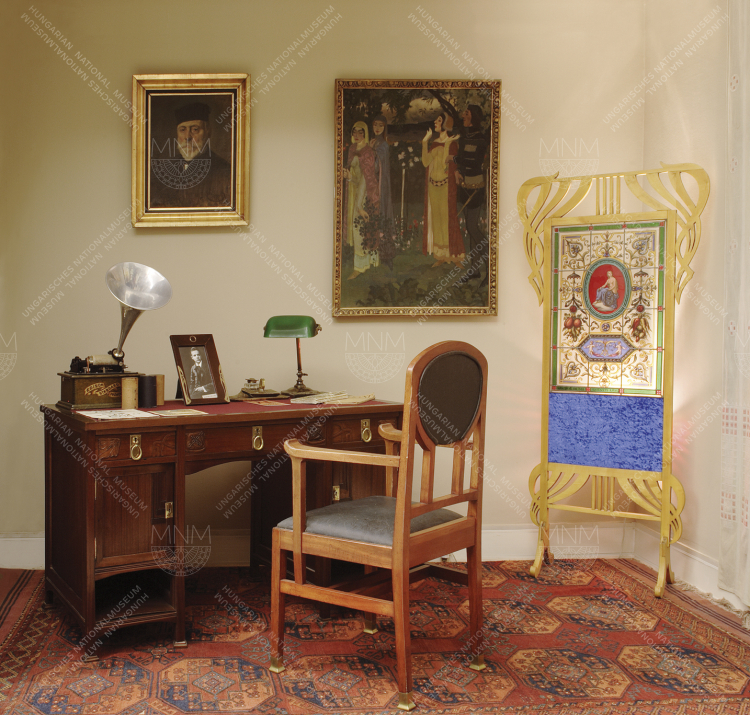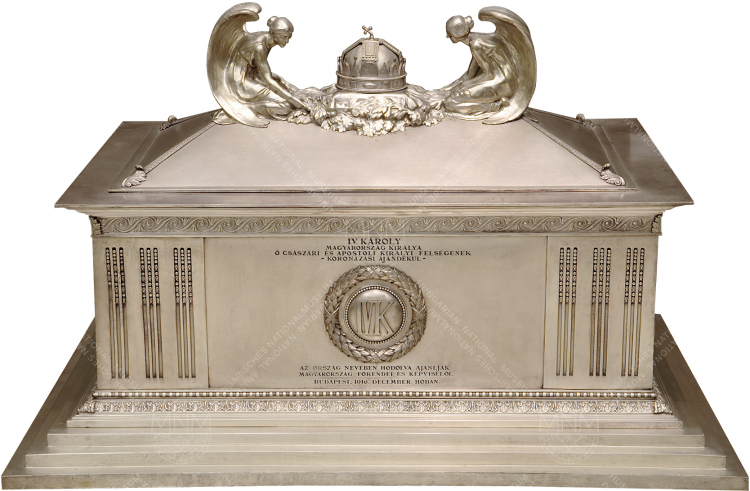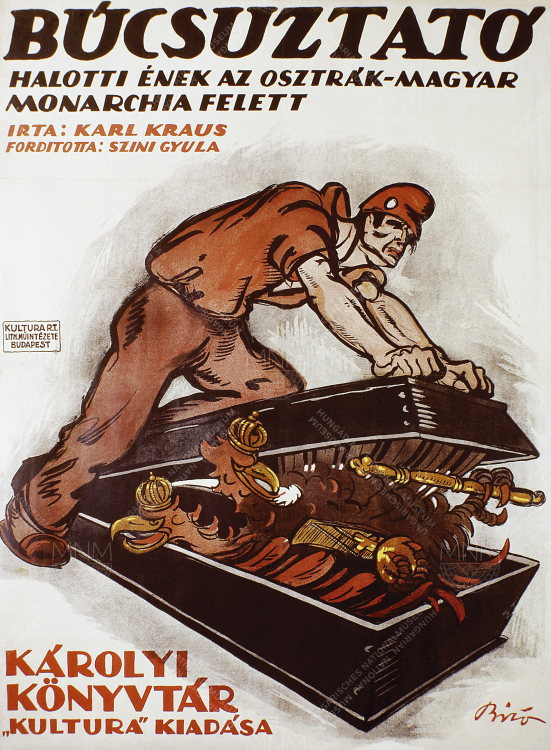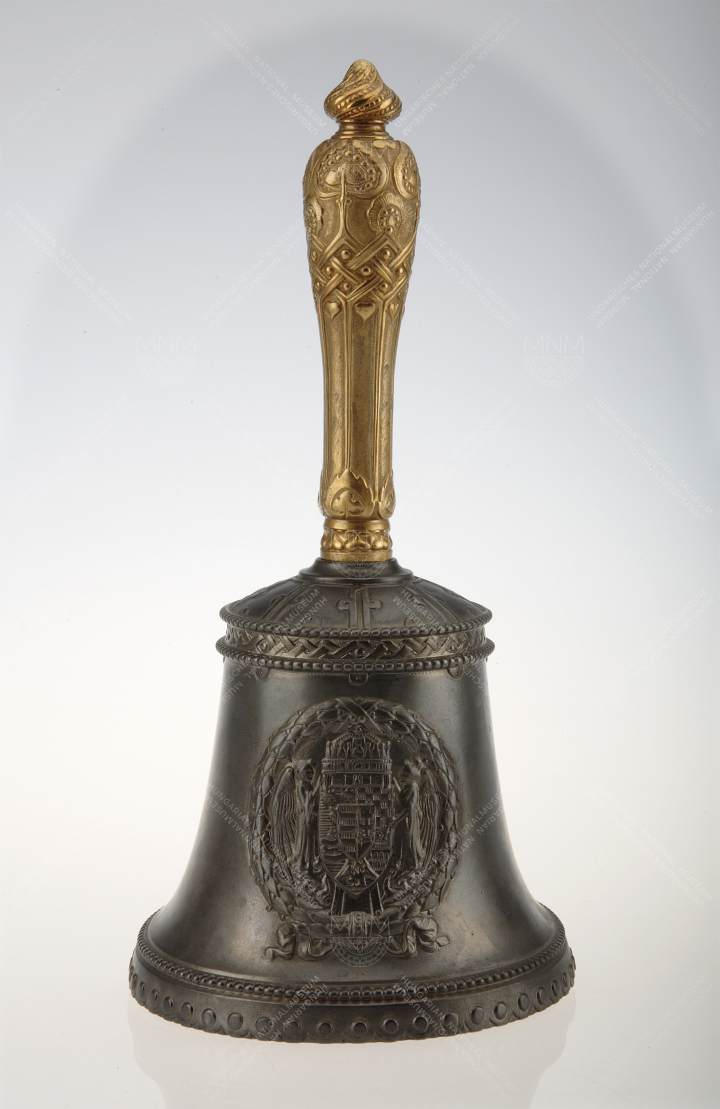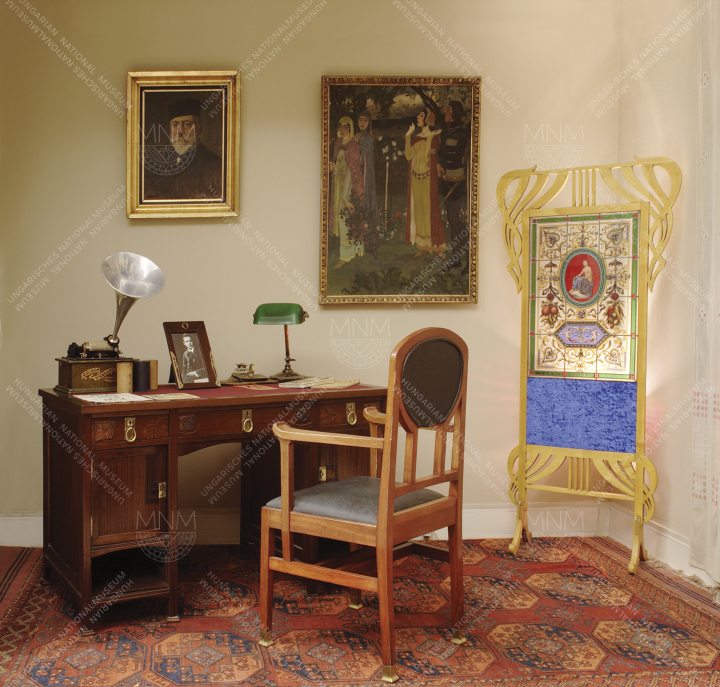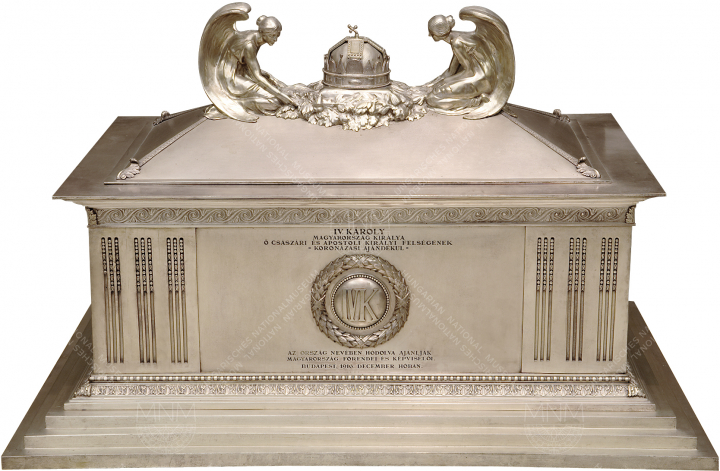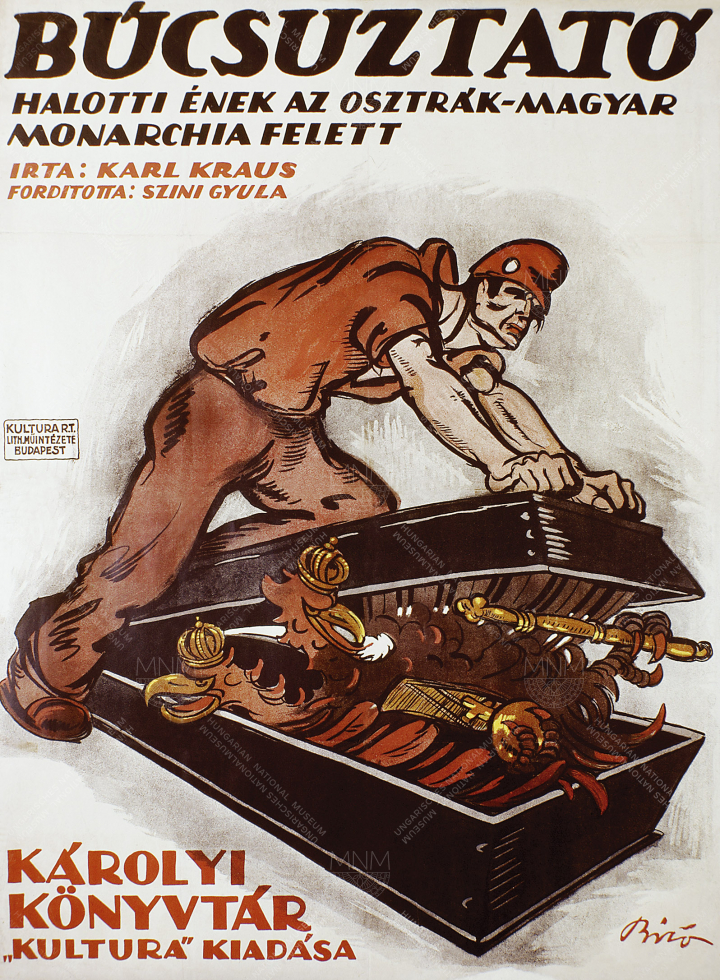
Room 16
The artefacts exhibited here are intended to convey the economic and cultural flourishing that occurred in Hungary in the first decade of the 20th century, but also the restrictions on democracy that existed in the country. The second half of the room presents the First World War and its consequences. A constituent part of the Dual Monarchy, Hungary was swept into the war against its will. Following the defeat, the Dual Monarchy disintegrated and Hungary was dismembered by the victors. The exhibition presents the attempts of the country, which lost almost two-thirds of its territory, to find a way forward politically, from Mihály Károlyi’s republic through a dictatorship of the proletariat to Miklós Horthy’s counter-revolution.
Interesting facts:
In 1904, Opposition representatives smashed furniture and fittings in the House of Representatives (the Lower House) in the newly finished Parliament building, because it judged the rules of the House to be unacceptable. Mementos of the destruction, furniture splinters signed by Opposition representatives are displayed in the exhibition.
Romanian soldiers who occupied Budapest in 1919 planned to seize Transylvania-related treasures from the Hungarian National Museum. The attempt to take these objects was thwarted by the American head of the Entente Military Mission in Hungary, General Harry Bandholtz. Details of what happened are related in the general’s personal diary, a copy of which is on display.







